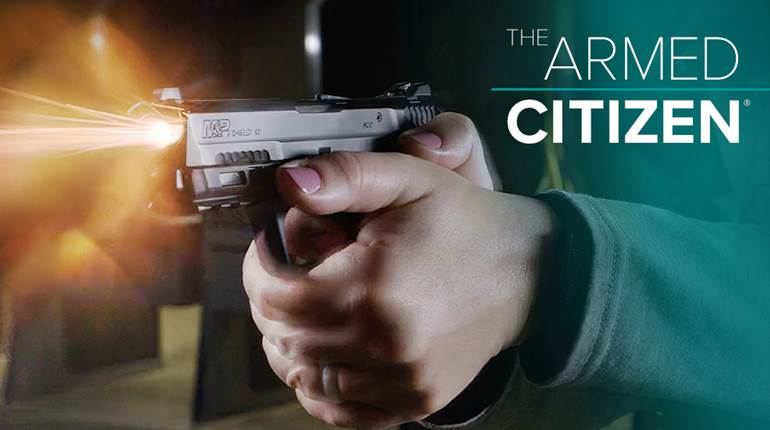
There is no way to know how a close-quarter pistol fight will unfold. At the risk of sounding cliché, it will be “what it is, and nothing else.” While there have been any number of witty quotes regarding gunfighting over the last century and a half, my in-depth study of the subject has led me to believe that the outcome can often be explained by what I call the “Three A’s.”
Forewarned is forearmed. The person who sees the fight coming has a distinct advantage. In 1732, English historian Thomas Fuller said, “A man surprised is half beaten,” and history has shown this to be true. Thus, awareness is key to fight preparation. The combatant who sees the fight for what it truly is, and can adapt accordingly, will likely prevail.
Adaptation is the action of “changing as necessary.” A true combatant must be “adaptive” by possessing not only the ability to change, but also by having appropriate skills mastered to a level of automaticity—being able to call on them with little or no conscious thought. The mental process of orienting, analyzing a situation, and deciding on a response is complex, but can be sped up considerably if the relevant situations have been considered and prepared for ahead of time. That said, adaptation is a function performed in the brain, while a proper response is physical, meaning the skills needed to win the fight must ultimately be applied.
Skilled application is a result of skill-specific training and repetitive practice. I don’t know what a “perfect repetition” is, but I know training repetitions have to be of a very high quality to truly anchor a skill. The brain must be able to call upon skills quickly, and the body needs to perform them cold—without any warm-up. I have heard people say, “I have a one-second draw!” But when I ask for a demonstration the response is often, “Well, I have to warm-up first.” Sorry, not quite.
A true skill is a physical action that can be performed on the first try with a high expectation of success, regardless of the conditions faced. In addition, it is quite likely that a single skill will not win the day; rather, a series of skills will need to be “chunked” together seamlessly, in one fluid motion, without hesitation. Many have lost their fights due to their inability to merge skills.
Remember, awareness, adaptation and application are the “Three A’s” of defensive—or as I call it, combative—pistolcraft.
Additional Reading:
Tips & Techniques: Rotate-To-Fire In Close Encounters
Tips & Techniques: Stay in the Scope
Tips & Techniques: "Take Out The Slack" To Keep Accessories In Place
Tips & Techniques: Stock Drag
Tips & Techniques: When Adjusting Sights, Remember "FORS"
Tips & Techniques: Cast Bullet Fit in Revolvers























![Winchester Comm[94]](/media/1mleusmd/winchester-comm-94.jpg?anchor=center&mode=crop&width=770&height=430&rnd=134090756537800000&quality=60)
![Winchester Comm[94]](/media/1mleusmd/winchester-comm-94.jpg?anchor=center&mode=crop&width=150&height=150&rnd=134090756537800000&quality=60)











